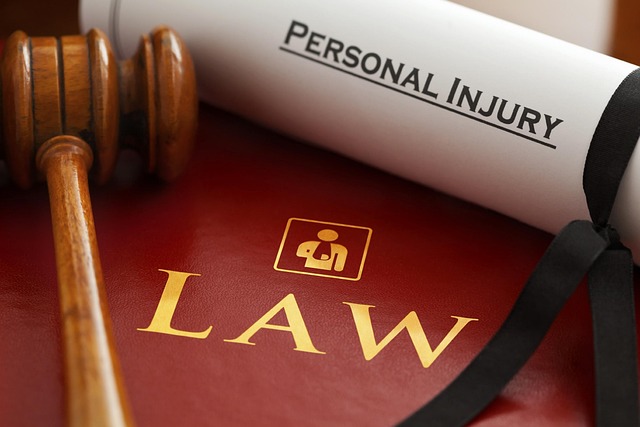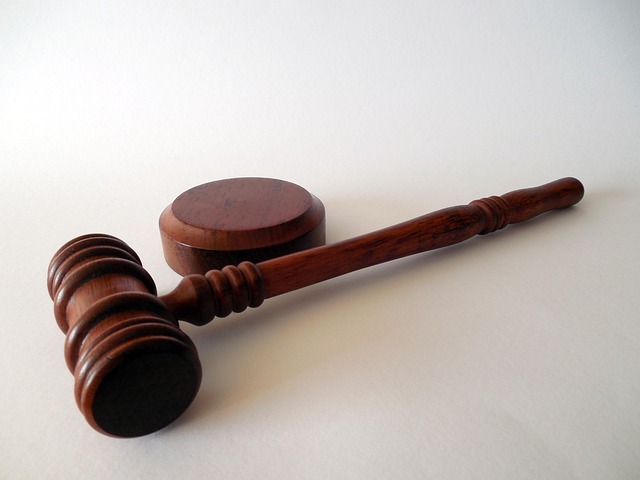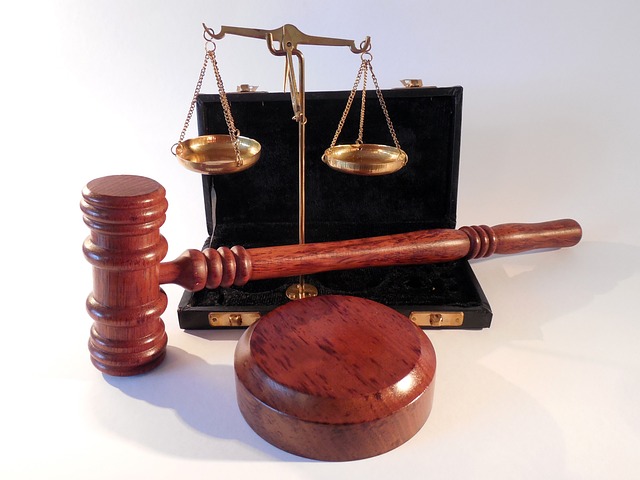The pursuit of justice in personal injury claims, especially those involving financial crimes, hinges on robust documentation and evidence gathering. From medical records to digital data, each piece contributes to a comprehensive narrative. Expert handling of evidence, including proper collection, preservation, and organization, is crucial for admissibility. Digital forensics plays a vital role in uncovering electronic clues, while strict guidelines ensure the integrity of digital evidence. This meticulous approach guarantees fairness, allowing victims to secure just compensation. In personal injury claims, the evidence needed—as established by financial crime probes—is intricate and multifaceted, with each element meticulously documented for legal proceedings.
In the intricate world of finance, crime probes delve into fraudulent activities, especially those impacting personal injury claims. This article unravels the intricacies of finance crime probes, offering insights into defining and scoping these investigations. We explore the critical types of evidence needed for personal injury claims, emphasizing documentation’s role in supporting such cases. Digital forensics is spotlighted as a powerful tool for uncovering electronic clues, while legal considerations and best practices for evidence handling are delved into, underscoring the importance of meticulous record-keeping in securing just outcomes.
- Understanding Finance Crime Probes: Definition and Scope
- Types of Evidence Required for Personal Injury Claims
- The Role of Documentation in Supporting Injury Cases
- Digital Forensics: Uncovering Electronic Clues
- Legal Considerations and Best Practices for Evidence Handling
Understanding Finance Crime Probes: Definition and Scope

Finance crime probes delve into allegations of fraudulent activities within the financial sector, including banks, investment firms, and insurance companies. These investigations are launched when there’s a suspicion or evidence of illegal practices such as money laundering, embezzlement, securities fraud, or abuse of client funds. The scope of these probes can be vast, spanning across various transactions, accounts, and even different jurisdictions, especially when the financial institutions operate both locally and nationally.
Understanding what constitutes evidence needed for a personal injury claim is crucial in the context of finance crime probes, particularly when corporate and individual clients are involved. Similar to personal injury cases where substantial evidence is required to prove liability and damages, finance crime investigations necessitate robust documentation, records, and witness statements to substantiate suspicious activities. This includes banking records, financial reports, communications, and any other material that can help establish intent and the extent of the wrongdoing, ultimately facilitating fair outcomes in jury trials across the country.
Types of Evidence Required for Personal Injury Claims

When pursuing a personal injury claim, establishing a robust case hinges on presenting compelling evidence. This can include medical records detailing injuries and treatments, eyewitness accounts offering insights into the incident, and photographs capturing relevant details such as accident scenes or physical impairments. Additionally, expert testimony from physicians, engineers, or other specialists may be required to explain complex medical conditions or reconstruct the sequence of events leading to the injury.
In high-stakes cases involving white collar and economic crimes, the evidence needed for a personal injury claim becomes even more intricate. Throughout all stages of the investigative and enforcement process, meticulous documentation is paramount. This encompasses financial records, digital evidence from devices used in the crime, and communications that shed light on the intent or negligence behind the actions leading to the injury. Such comprehensive evidence ensures that justice is served in these complex legal scenarios.
The Role of Documentation in Supporting Injury Cases

In personal injury claims, documentation plays a pivotal role in supporting the victim’s case. The evidence needed for a personal injury claim includes medical records detailing the extent and duration of injuries, as well as any lost wages or other financial impacts. Additionally, eyewitness statements, photographs of the scene, and expert opinions can significantly strengthen the claimant’s position. This comprehensive documentation ensures that the case is robust and compelling, which is crucial when navigating complex legal processes and potentially facing a white collar defense strategy.
Avoiding indictment in such cases often hinges on meticulous record-keeping. While white collar and economic crimes are characterized by sophisticated schemes and intricate financial trails, a thorough documentation process can help victims and their legal representatives uncover and present the necessary evidence. This is particularly important in the context of white collar defense strategies, where lawyers may attempt to attribute blame or mitigate liability. By providing detailed and organized records, individuals involved in personal injury claims can better protect their rights and ensure they receive fair compensation.
Digital Forensics: Uncovering Electronic Clues

Digital forensics is a critical aspect of modern-day crime probes, especially in uncovering electronic clues that can be crucial for personal injury claims. In the digital age, evidence needed for such claims often includes various forms of digital data, such as emails, social media posts, and financial records. Experts in this field use specialized tools and techniques to extract, analyze, and present this digital evidence in a court of law, ensuring its integrity and admissibility.
This meticulous process involves all stages of the investigative and enforcement process, from initial data collection to final presentation during jury trials. The expertise required is not just technical but also legal, as it must align with respective business practices and regulatory frameworks. By leveraging digital forensics, investigators can piece together a more comprehensive picture of events, helping to determine liability and secure just compensation for victims in personal injury cases.
Legal Considerations and Best Practices for Evidence Handling

When investigating and prosecuting finance crime probes, especially in the context of personal injury claims, understanding legal considerations and best practices for evidence handling is paramount. The evidentiary landscape in such cases can be complex, as it often involves financial records, digital data, and expert opinions. Ensuring the integrity and admissibility of evidence needed for a personal injury claim is crucial. This includes gathering comprehensive documentation such as medical reports, insurance policies, and financial statements, which must be handled with care to maintain their authenticity and reliability.
Best practices dictate that evidence should be collected, stored, and preserved in a manner that respects the respective business interests while adhering to legal standards. Across the country, there are strict guidelines for handling digital evidence to prevent tampering or loss. In preparation for potential jury trials, it’s essential to organize and catalog all evidence thoroughly. This meticulous approach not only facilitates the prosecution’s case but also ensures fairness by providing both parties with access to relevant information, thereby strengthening the overall legal process.
In conclusion, navigating finance crime probes demands a comprehensive understanding of evidence collection and handling. For personal injury claims, the evidence needed extends beyond physical documentation to include digital forensics, witness statements, and medical records. Adhering to legal considerations and best practices ensures the integrity of evidence, ultimately facilitating fair and accurate resolutions. By leveraging these strategies, professionals can effectively support injury cases and uphold the highest standards in their investigations.






